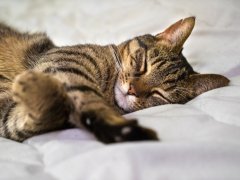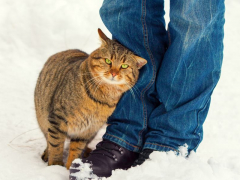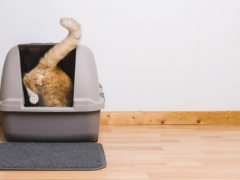
Cats comprehend more than we give them credit for, and their behaviors are often more planned and purposeful than we realize. One entertaining example of how cats can surprise us is how they ask for attention.
Cat owners expect their cats to meow and meow when they’re craving affection, and rubbing against your legs, jumping into your lap, and even casually biting your kneecaps are all common ways for cats to not-so-subtly get what they want.
Some clever kitties, however, take attention seeking to a whole new level. Thanks to anecdotal evidence, the viral nature of the Internet, and one small scientific study, we have proof that cats sometimes fake injuries and illnesses.
Call it cleverness or manipulation, but you can’t deny that a fake limp is a genius way to get someone’s attention and sympathy.
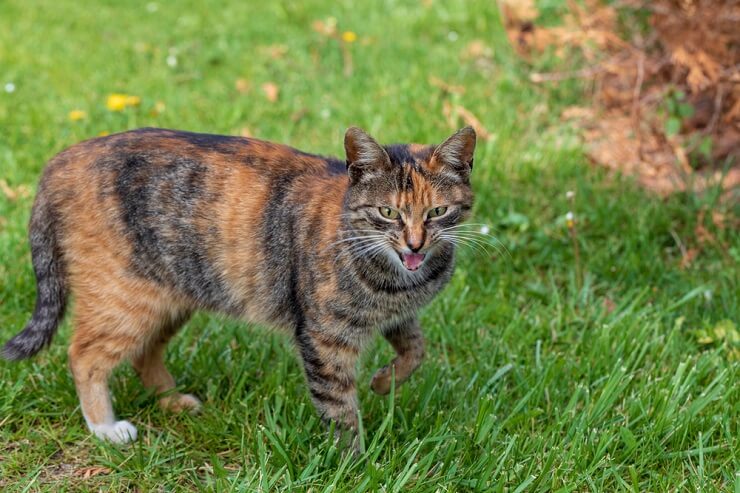
Call it cleverness or manipulation, but you can’t deny that a fake limp is a genius way to get someone’s attention and sympathy.
Edward’s Evidence
A viral TikTok video featuring a ginger tabby named Edward is undeniable evidence that cats are tricky little geniuses. In the video, poor Edward is seen favoring his left paw as if it’s injured. But when Edward’s owner comes to check on him, he breaks character.
After a quick stretch, clever Edward seems to forget which paw is supposed to be injured. He starts limping with his right paw, and that’s when it becomes clear that “poor” Edward isn’t injured at all.
That funny video has been viewed over 10 million times, and Edward isn’t the only cat that has been caught faking a limp for sympathy–he’s just the most famous.
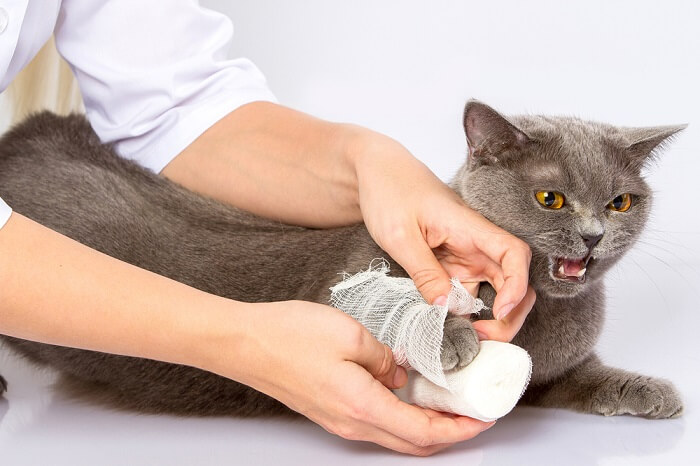
If you’re looking for scientific evidence that cats are capable of faking it, consider a study conducted by researchers from Ohio State University.
A Scientific Study
If you’re looking for scientific evidence that cats are capable of faking it, consider a study conducted by researchers from Ohio State University. In their report, scientists determined that cats are capable of faking illness in order to send specific messages to caregivers.
They came to this conclusion by observing the behaviors of 32 cats. Within that group, 20 cats were diagnosed with feline interstitial cystitis, a chronic illness that causes bladder pain most often in response to stress.
Also Read: 5 Visual Signs of a Stressed Cat and How to Help
To start the study, all cats enjoyed stable environments and predictable routines. During this time, researchers observed their health and behavior and reported very few “sickness behaviors” for both the healthy cats and the ones with chronic illness.
Eventually, however, researchers wanted to see how each group of cats responded to change. They began altering small details of the cats’ routines.
Researchers expected the sick cats to develop symptoms related to their stress, but the interesting part of the study is that even the healthy cats began to act “sick.” These results led scientists to believe that the healthy cats copied the symptoms of the sick cats in order to send a message that they were not pleased about the recent changes.
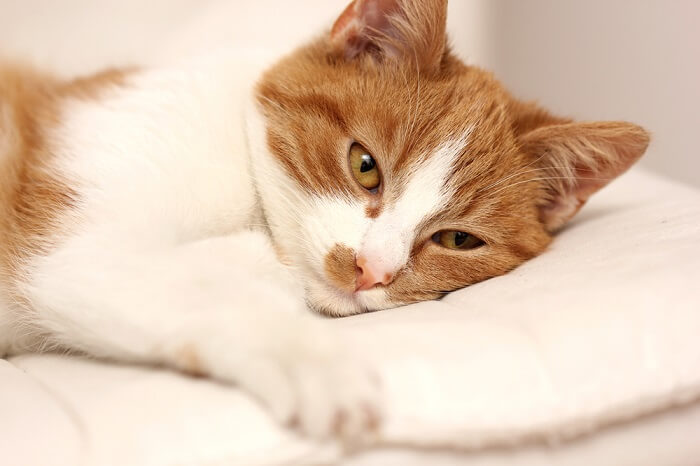
For most cats with fake limps, the behavior is likely related to a time when they were genuinely unwell.
Why Do They Do It?
There is not enough scientific evidence to know for sure, but animal behaviorists presume cats fake limps simply because they’ve learned it’s an effective way to get sympathy and attention.
For most cats with fake limps, the behavior is likely related to a time when they were genuinely unwell. If a cat gets hurt or sick, their favorite human responds by laying on the love even thicker than usual. The clever cat then makes the connection between their injury and the extra attention.
The next time they’re craving cuddles, they might remember that one time they had a limp and how their human reacted. If they’re determined and quick-thinking, they’ll repeat that limp in hopes of getting the same reaction.
By caring about our cats and showing them increased affection when they have a real limp, we essentially train them to act sick and hurt.
Cats have impressive memories, and that’s especially true when they link past events to strong emotions. You might think that pain should be the strongest emotion your cat relates to an injury, but don’t underestimate the power of a good head scratch or quiet time spent cuddling.
If your cat enjoyed certain aspects of being hurt or sick, they might want to repeat the past.
If your cat is limping, you shouldn’t automatically assume it’s fake. You owe it to your cat to first make sure they’re not actually injured. Most injured cats will react aggressively if you try to touch their hurt body part. They might also act lethargic, hide more than usual, lose their appetite, or stop doing activities they usually enjoy.
If your cat shows any of these signs, it’s best to schedule a veterinary appointment to rule out injury, arthritis, or something wrong with their paw pads, like a stuck thorn. But if your crafty kitty is acting otherwise healthy, exhibiting other attention-seeking behaviors, or your cat decides to switch paws, you might have a faker on your hands.
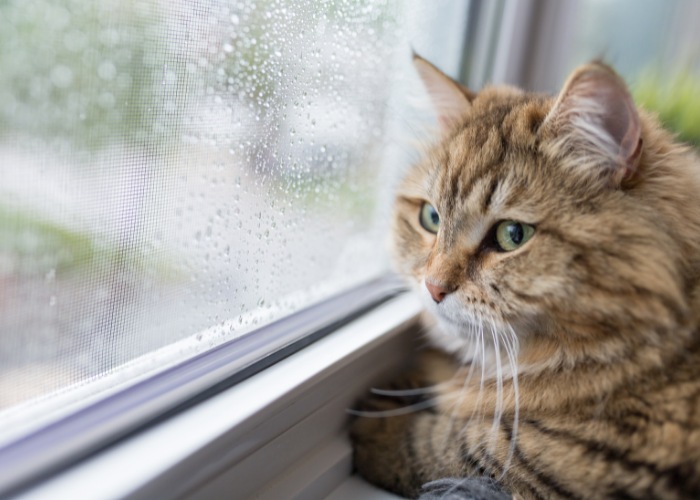
If your cat is limping, you shouldn’t automatically assume it’s fake. You owe it to your cat to first make sure they’re not actually injured.


